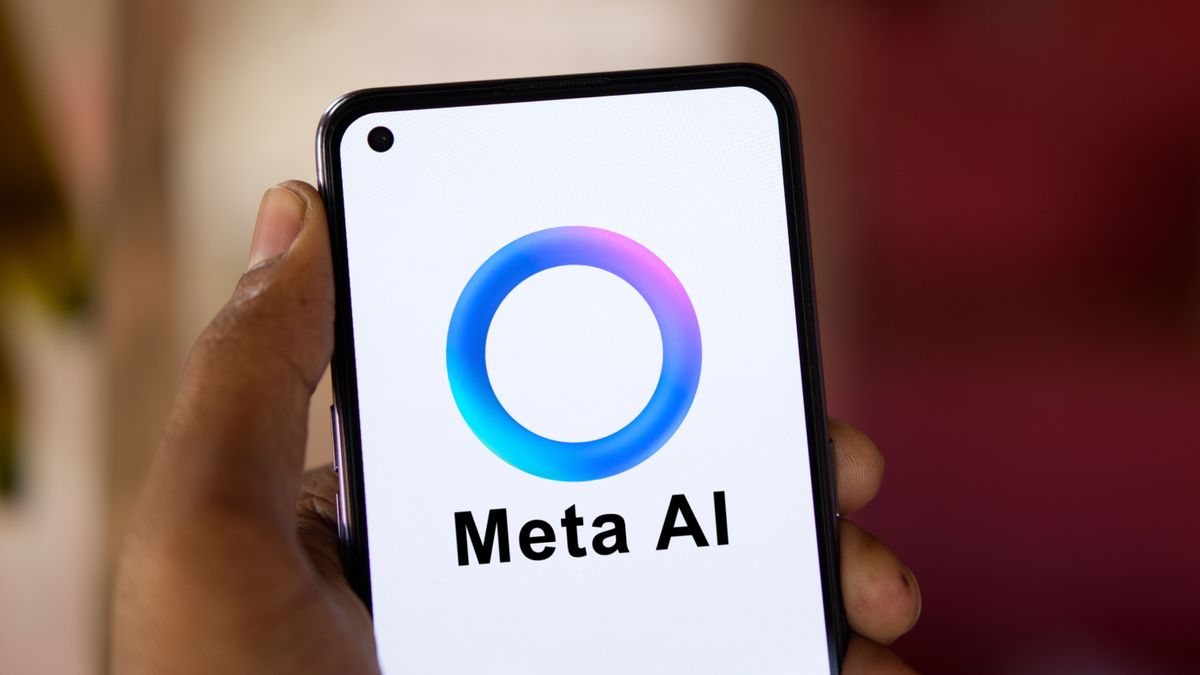Understanding Meta AI: A Comprehensive Guide to the Social Network’s AI Chatbot

Understanding Meta AI: A Virtual Assistant for Social Media
Meta AI is an innovative virtual assistant that operates within various Meta platforms, including Facebook, Instagram, WhatsApp, and Messenger. It even features integration with Ray-Ban Meta glasses, transforming the way users interact socially and creatively. Unlike typical chatbots, Meta AI goes beyond basic responses by offering personalized recommendations and powerful automation tools that enhance content creation.
As a continually evolving tool, new features are regularly added to Meta AI. This article will explore its capabilities, limitations, and practical uses.
What Exactly is Meta AI?
Unveiled in October 2024, Meta AI serves as Meta’s response to the increasing demand for intelligent chatbots. Its primary aim is to enrich user interactions by providing assistance in learning, creating, and connecting in novel ways. Unlike a separate application, Meta AI is fully integrated within the user interfaces of platforms like Facebook, Messenger, Instagram, and WhatsApp, thereby complementing user activities.
Similar to competitors such as Google’s Gemini and OpenAI’s ChatGPT, Meta AI is based on a large language model trained on vast amounts of data. This enables it to engage in real-time conversations and respond to user inquiries in natural language. Meta’s open-source Llama 3.2 model includes multimodal versions that can interpret images as well.
Utilizing Meta AI: Features
Meta AI serves mainly as a conversational chatbot, capable of answering a wide range of queries. Users can ask for information about recipes, workout tips, procedural coding instructions, film recommendations, and even essay outlines. The inclusion of voice support allows for natural spoken conversations, with the added fun of selecting a celebrity voice for the assistant.
One of the standout features of Meta AI is its ability to personalize responses. It uses the data shared across Meta’s suite of applications, tailoring information to suit user preferences. For instance, if it recognizes that you follow a vegetarian lifestyle, it will suggest recipes accordingly.
Additionally, Meta AI acts as a creative companion. Users can prompt it to create animated visuals based on text descriptions and employ editing capabilities to modify existing images, such as changing backgrounds or adding and removing elements. Furthermore, it can analyze details in photos taken by users.
Moreover, the assistant offers contextual help through its integration in various Meta applications. Users might receive helpful suggestions while browsing Facebook or find assistance in group chats and while generating image captions.
Limitations of Meta AI
While versatile, it’s important to note that Meta AI is inherently linked to the Meta ecosystem. Currently, it functions primarily as a feature within Meta’s social platforms, rather than as a standalone assistant. Though there are plans for an independent app, the current version does not provide the same level of functionality as dedicated AI tools. For example, while it can generate images, its capabilities are not as extensive as specialized image generators like Adobe Firefly.
Furthermore, although Meta AI can summarize information, it lacks the in-depth research capabilities found in tools like ChatGPT or Gemini, which may limit its effectiveness for certain tasks.
Cost and Accessibility of Meta AI
Meta AI is available free of charge, and its Llama 3 language models are open-source, allowing anyone to download and adapt them for various purposes.
Users can access Meta AI via Facebook, Messenger, Instagram, and WhatsApp wherever a chat feature exists. Additionally, it is available on the website meta.ai. While using as a guest is possible, a full experience—including conversation history and advanced features—requires signing in with an Instagram or Facebook account. This assistant is currently accessible in 22 countries, such as the US, UK, Canada, and Australia, with plans for expansion into more regions.
Experience with Meta AI
Initial experiences with Meta AI reveal a generally positive impression, particularly noted for its ability to understand conversational context, even when users interrupt. Nevertheless, some users have reported inconsistencies in performance. Reviews from other sources, including CNET and TechCrunch, highlight both its convenience and the moments when it struggles to produce coherent responses or provides superficial summaries.
When to Consider Using Meta AI
**Use Meta AI If:**
– **You Want Enhanced Engagement on Social Media:** If you frequently use platforms like WhatsApp, Facebook, and Instagram, Meta AI can significantly enrich your experience.
– **You Are a Content Creator:** With features that assist in crafting captions and editing images, Meta AI is especially beneficial for influencers and creators looking to maximize their productivity.
**Avoid Meta AI If:**
– **You Seek a Standalone Assistant:** Currently, Meta AI requires integration with Meta apps, limiting its accessibility as a separate tool.
– **You Prefer Not to Use Personal Data:** Users must sign in with an Instagram or Facebook account, and the AI personalizes its responses based on the data it gathers, which may deter users concerned about privacy.
Alternative Options
– **Gemini:** A powerful AI chatbot by Google, available on multiple platforms and equipped to handle a range of queries.
– **ChatGPT:** The most popular AI chatbot, offering in-depth text responses and image generation capabilities through web and app access.
Meta AI presents a blend of creativity and convenience within Meta’s social network, making it an attractive option for users engaged in creating and sharing content.





